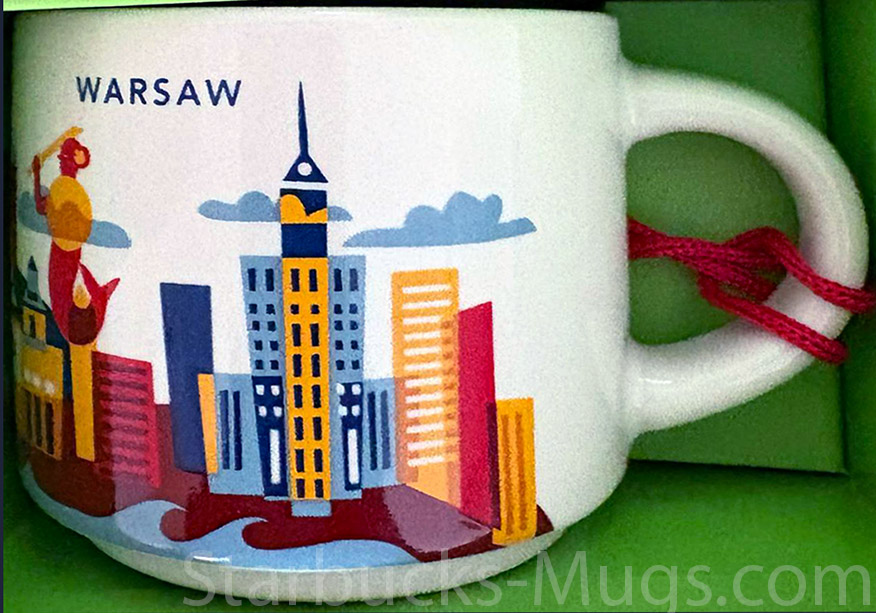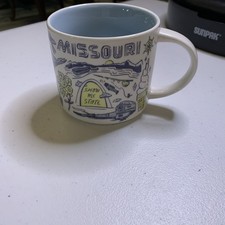
You Are Here Ornament – Warsaw
Just when I thought I was done with my YAH ornaments collection, a friend sent me a picture of a mini mug I didn’t recognize. It took me a second to realize – it’s a brand-new release! I even had to check the calendar to make sure it’s 2025 out there!
As you can expect, You Are Here Ornament – Warsaw is a complete copy of the bigger mug that was released back in 2018. This is a common practice for this collection.
Warsaw, the capital of Poland, has a rich history marked by resilience and rebirth. Nearly destroyed during World War II – especially after the 1944 Warsaw Uprising, when Nazi forces systematically razed much of the city — Warsaw became a powerful symbol of national endurance. Before the war, it had been a thriving cultural and political center, known for its diverse population, including one of Europe’s largest Jewish communities. After the devastation, Warsaw underwent a remarkable reconstruction, with meticulous efforts to rebuild its Old Town using historical paintings and photographs as references. Today, the city stands as a blend of restored historic charm and modern development, reflecting both the scars of conflict and the strength of survival.
Here are a few symbols and landmarks of the city that made it to the design of the ornament:
– The Palace of Culture and Science is one of Warsaw’s most recognizable—and controversial—landmarks. A gift from the Soviet Union in the 1950s, the towering structure reflects Stalinist architecture and serves as a reminder of the communist era. Despite its past, today it houses theaters, museums, and offices, standing as a central hub of cultural activity.
– The Mermaid of Warsaw, or Syrenka, is the city’s enduring symbol and protector. According to legend, she emerged from the Vistula River to defend the city with her sword and shield. Statues of the mermaid can be found throughout Warsaw, most famously in the Old Town Square, embodying the spirit and resilience of the capital.
King Sigismund’s Column is one of Warsaw’s oldest monuments, erected in 1644 to honor King Sigismund III Vasa, who moved Poland’s capital from Kraków to Warsaw. The column has withstood wars and reconstruction, symbolizing the continuity of Polish statehood. It stands tall in Castle Square, pointing proudly toward the Royal Castle.
– The Royal Castle in Warsaw was once the residence of Polish monarchs and the heart of political life in the Polish-Lithuanian Commonwealth. Destroyed during World War II, it was meticulously rebuilt in the 1970s with support from the Polish people. Today, it serves as a museum and a powerful symbol of national identity and historical continuity.
– Łazienki Park (Royal Baths Park) is Warsaw’s largest and most picturesque park, blending natural beauty with elegant architecture. Originally designed in the 18th century for King Stanisław August, it features palaces, gardens, and the iconic Palace on the Isle. The park remains a cultural oasis, hosting concerts and events that celebrate Poland’s artistic heritage.
– Warsaw has a deep connection to music, especially as the birthplace of the famous composer Frédéric Chopin. The city honors his legacy with museums, concerts, and even musical benches that play his compositions. From classical performances at the National Philharmonic to vibrant jazz and contemporary music scenes, Warsaw remains a dynamic center for musical expression in Poland.


































































